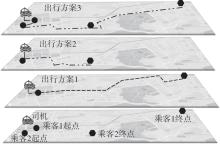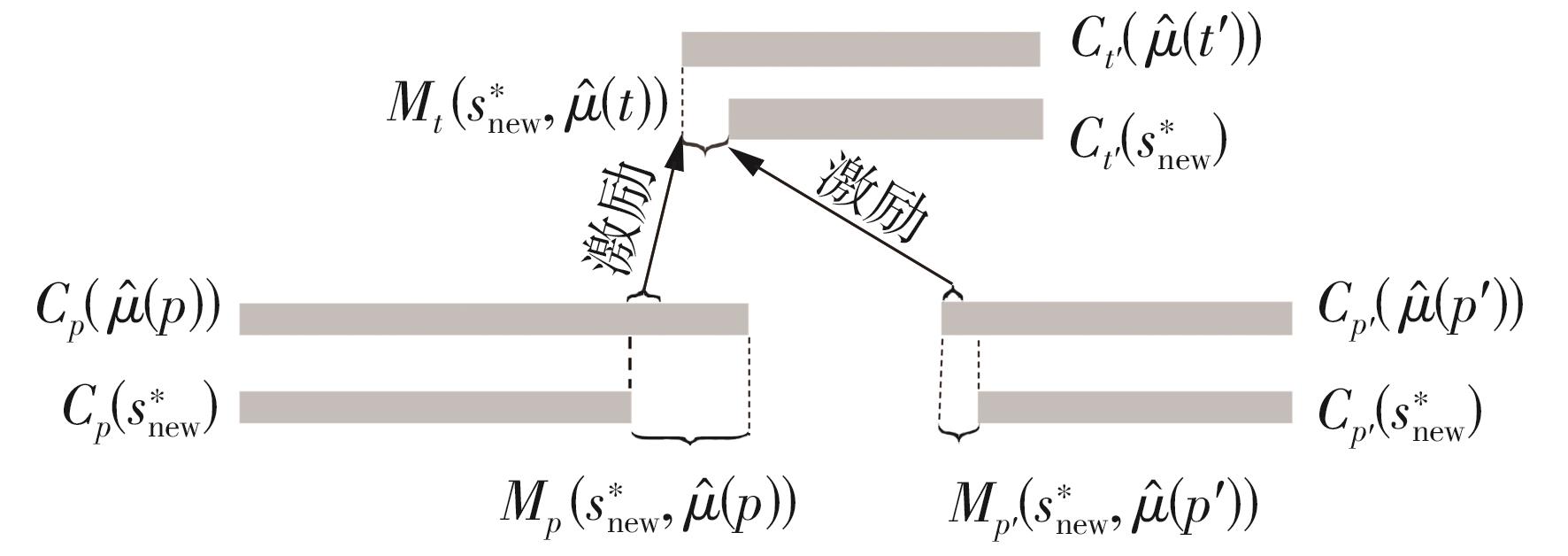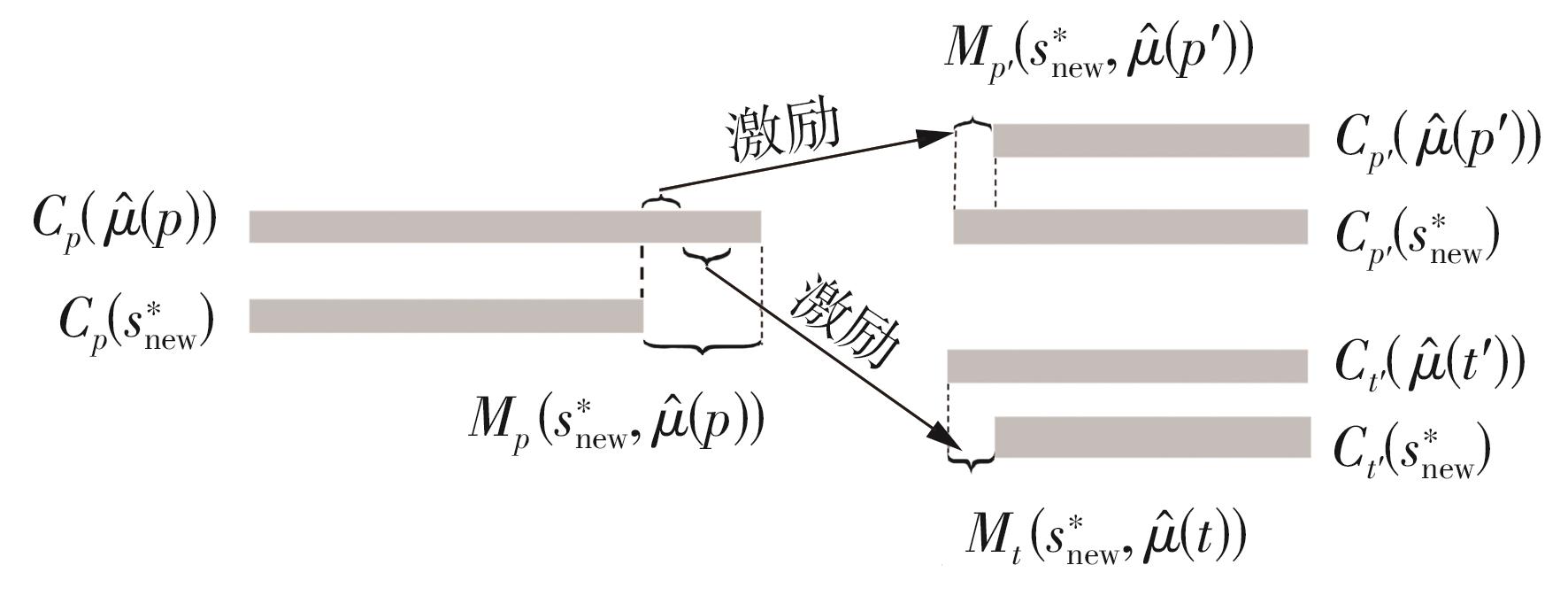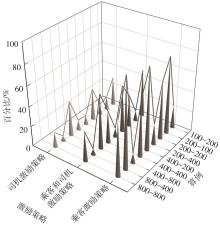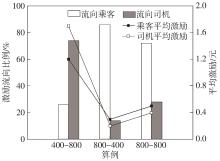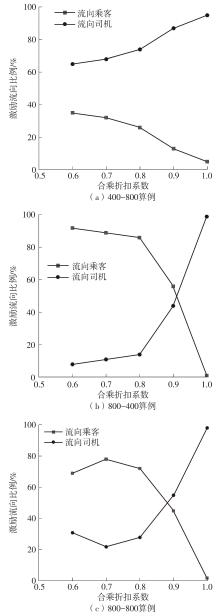华南理工大学学报(自然科学版) ›› 2024, Vol. 52 ›› Issue (2): 95-103.doi: 10.12141/j.issn.1000-565X.230158
网约车合乘均衡匹配与激励策略
彭子烜1 崔林1 郭志伟1 陈晗阳2 魏丽英1
- 1.北京交通大学 交通运输学院,北京 100044
2.北京交通大学 计算机与信息技术学院,北京 100044
Taxi-Sharing Matching Equilibrium Under Peer-Passenger Incentive Mechanism
PENG Zixuan1 CUI Lin1 GUO Zhiwei1 CHEN Hanyang2 WEI Liying1
- 1.School of Traffic and Transportation,Beijing Jiaotong University,Beijing 100044,China
2.School of Computer and Information Technology,Beijing Jiaotong University,Beijing 100044,China
摘要:
针对需求高峰期乘客以红包或调度费等形式激励网约车司机以实现网约车自我调度这一问题,研究了乘客-网约车匹配决策与激励策略选择间的交互关系。基于网约车合乘模式下的均衡匹配状态,以乘客总剩余最大化为目标,考虑匹配、均衡、成本等约束条件,构建了考虑奖励策略的乘客-网约车均衡匹配模型,从乘客视角设计了乘客激励策略、网约车激励策略、乘客和网约车激励策略,并将3种激励策略嵌入到列生成算法对模型进行求解,以实现匹配均衡和价格均衡。以大连市出租车数据为对象进行实证分析,研究结果表明,相比于仅以随机调度费等形式从供给侧激励司机,同时从需求侧和供给侧实施激励策略可以促成更多合乘出行,乘客剩余可提高12.6%;当需求大于供给时,26%的激励在乘客间转移以实现更多的合乘出行;合乘折扣系数也会影响激励流向,同时使用激励策略和合乘折扣策略调节供需可以避免司机恶意竞争和乘客无效激励,在降低乘客出行成本的同时提高司机收益,促成更多合乘出行。
中图分类号:
